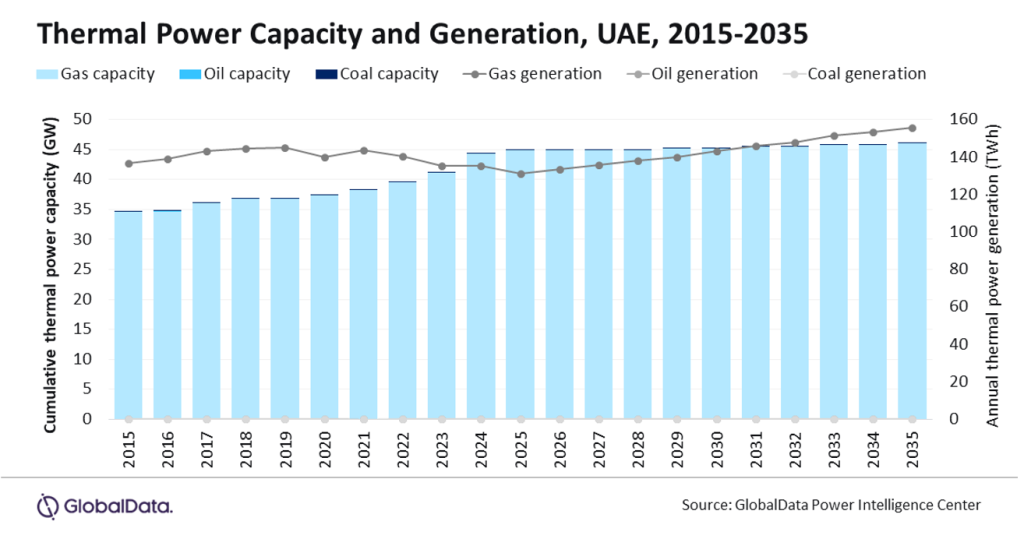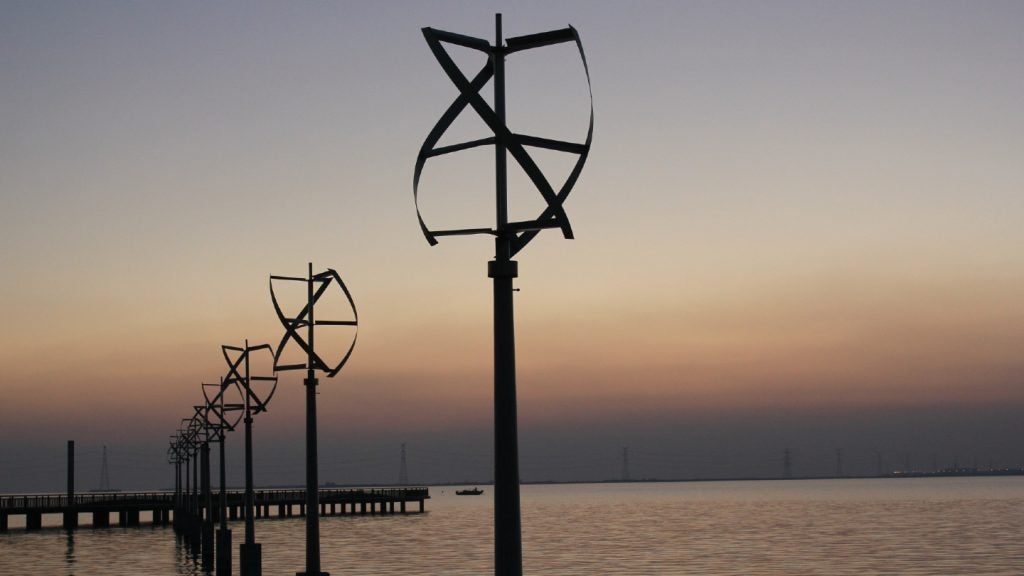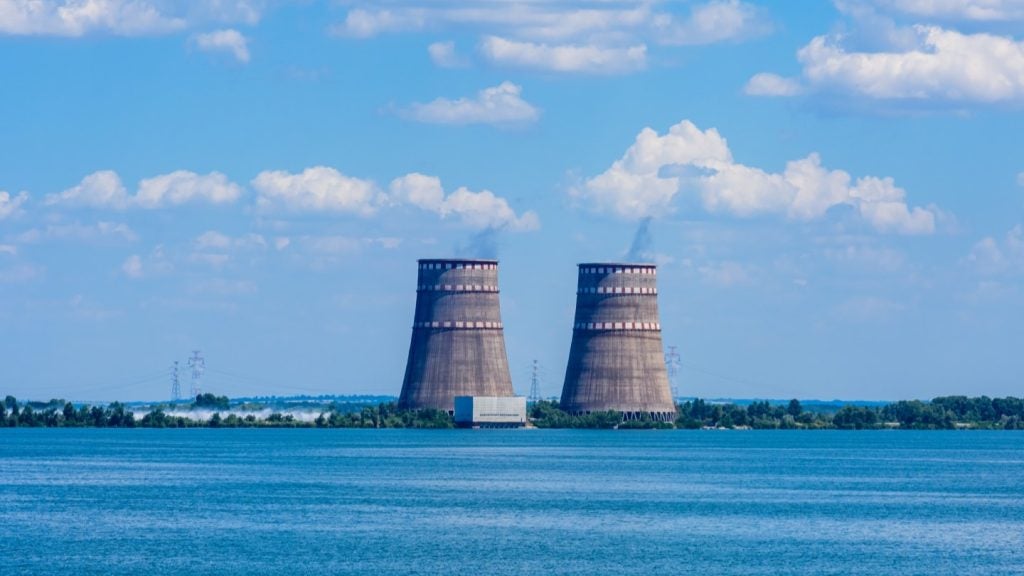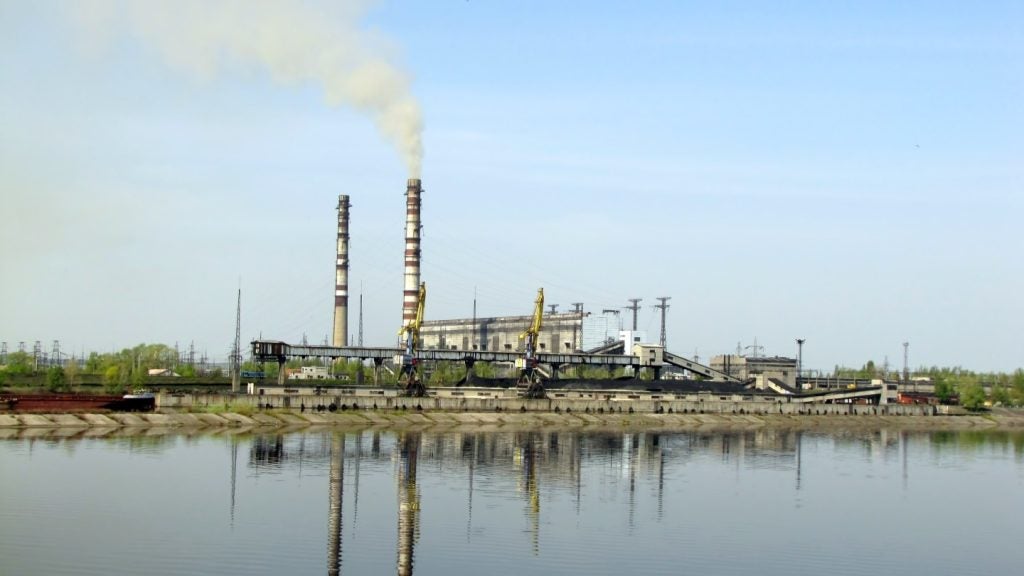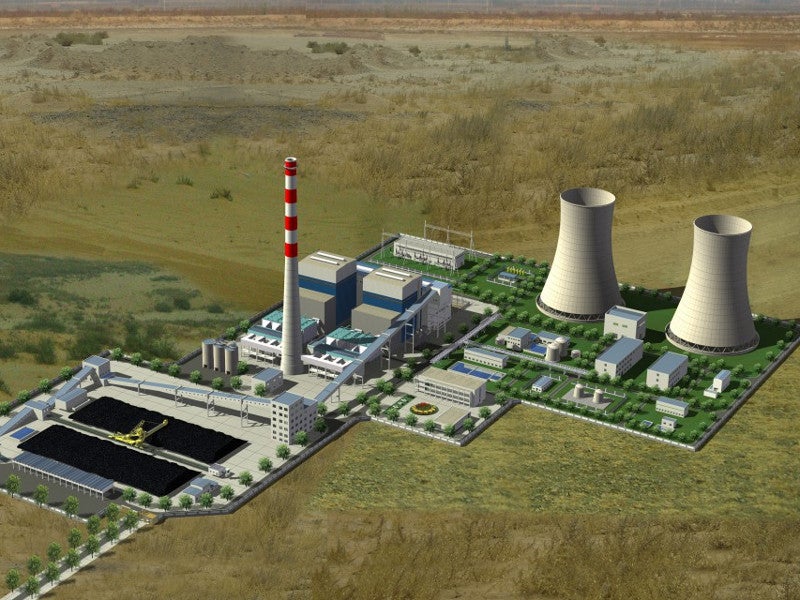
The top ten biggest power plants under the Belt and Road Initiative: Ranking the BRI power projects
10. Suki Kinari Hydropower Project, Pakistan
9. Quaid-e-Azam Solar Park, Pakistan
8. Kohala Hydel Project, Pakistan
7. Thar Mine Mouth Oracle Power Plant, Pakistan
How well do you really know your competitors?
Access the most comprehensive Company Profiles on the market, powered by GlobalData. Save hours of research. Gain competitive edge.

Thank you!
Your download email will arrive shortly
Not ready to buy yet? Download a free sample
We are confident about the unique quality of our Company Profiles. However, we want you to make the most beneficial decision for your business, so we offer a free sample that you can download by submitting the below form
By GlobalData6. SSRL Thar SEC Mine Mouth Power Plant, Pakistan
5. CPHGC Power Plant, Pakistan
4. Sahiwal Coal-fired Power Plant, Pakistan
3. Port Qasim Power Project, Pakistan
2. Hassyan Clean Coal Project, UAE
1. Kayan River Cascade Hydropower Project, Indonesia
- Suki Kinari Hydropower Project, Pakistan – 870MW

Suki Kinari hydropower project is being constructed on the Kunhar River in Pakhtunkhwa province, Pakistan. Image courtesy of CPEC.
The $1.8bn Suki Kinari hydropower project has been under construction since 2016 on the Kunhar River in the Pakhtunkhwa province of Pakistan. The project is being financed and will be operated as part of China Pakistan Economic Corridor (CPEC), a BRI segment.
To be connected to the grid by the end of 2022, the run-of-the-river project will feed an underground power station, which houses four 234.48MW Pelton turbines.
SK Hydro Group and Gezhouba Group are developing the project for which financing is extended by the Export-Import Bank of China and the Industrial and Commercial Bank of China. The Government of Pakistan agreed to purchase the electricity generated by the project for a period of 30 years.
- Quaid-e-Azam Solar Park, Pakistan – 1,000MW

Quaid-e-Azam Solar Park is being developed in three phases. Image courtesy of Janejenkins.
The Quaid-e-Azam solar power project has been under construction since 2015 in Bahawalpur region, Punjab province, Pakistan.
The $1.3bn project is being developed in three phases, with the first phase generating 100MW and the second phase generating 300MW since 2016. The 600MW third phase is under construction.
TBEA Xinjiang SunOasis provided engineering, procurement, and construction (EPC) services and is responsible for the operation and maintenance (O&M) of phase one. Zonergy Company provided EPC services for the second phase. Phase one was financed by Punjab Government and Bank of Punjab while funding for phases two and three was arranged by China Exim Bank and China Development Bank.
- Kohala Hydel Project, Pakistan – 1,100MW

Kohala hydel project is being developed by The China Three Gorges (CTG) Corporation on the Jhelum River. Image courtesy of Kohala Hydro Company Private Limited.
The Kohala hydel project is under construction on the Jhelum River, 85km east of Islamabad, Pakistan. The CPEC project is being developed on a build-operate-transfer model by the Chinese Three Gorges (CTG) Corporation.
The $2.36bn run-of-the-river hydropower facility will consist of a surface power station housing four 275MW Francis turbines. Upon commissioning in 2025, the plant is expected to produce an annual energy output of 5,079GWh.
CTG created Kohala Hydro Company to execute the project, which will be transferred to Pakistan upon operation by CTG for 30 years.
- Thar Mine Mouth Oracle Power Plant, Pakistan – 1,320MW

Thar Mine Mouth Oracle power plant is proposed to be constructed in Sindh province, Pakistan. Image courtesy of Oracle Power PLC.
Thar Mine Mouth Oracle is a proposed coal-fired power project in the Thar Block-VI of the Thar coal mines in Sindh province, Pakistan.
The preparatory works such as state tariff and shareholder agreements are in progress, while notice to proceed is yet to be issued.
Oracle Coalfields SEPCO and Yanzhou Coal are implementing the project, while Oracle has set up Thar Electricity (Private) Ltd for the implementation of the project. The company is expected to commission a 660MW supercritical unit in the first phase.
- SSRL Thar SEC Mine Mouth Power Plant, Pakistan – 1,320MW

SSRL Thar SEC Mine Mouth power plant will contain two supercritical boiler units rated at 660MW each. Image courtesy of Katy Warner.
The $1.3bn SSRL Thar SEC Mine Mouth Power Plant is a CPEC power project under construction since 2017 in the Thar-Block-I region of Sindh province, Pakistan. The project will utilise coal produced from the 6.8Mtpa block I of SSRL Thar coal mine.
Mining operation at the open-pit block I site is ongoing, while commercial production is expected to be started by mid-2019. The SEC power plant will feature two 660MW supercritical boiler units and is expected to start commercial operation by the end of 2019.
Shanghai Electric Power Company is executing the coal-fired SEC power plant, while Sino-Sindh Resources is executing the coal mine project under the supervision of Thar Coal & Energy Board.
- CPHGC Power Plant, Pakistan – 1,320MW

The 1,320MW CPHGC power plant is located in the Hub city, Baluchistan province, Pakistan. Image courtesy of CPEC.
China Power Hub Generation Company (CPHGC) is a coal-fired power project in Hub city, Baluchistan province, Pakistan. It has been under construction since 2017.
The $1.91bn coal-fired power project will consist of two supercritical power generating units rated at 660MW each. The first phase will be inaugurated in the first half of 2019, followed by that of the second phase at the end of 2019.
The CPHGC joint venture between Hub Power Company (HUBCO, 74%) and China Power International Holding (CPIH, 26%) is implementing the project. The EPC and O&M contract was awarded to a consortium consisting of China Energy Engineering Group Science and Technology Development Co, CEEC Tianjin, Electric Power Construction, Tianjin Electric Power Construction Company, and China Energy Engineering Group.
- Sahiwal Coal-fired Power Plant, Pakistan – 1,320MW

Sahiwal coal-fired power plant was connected to the gird in 2017. Image courtesy of Power Construction Corporation of China.
Operational since 2017, the Sahiwal coal-fired power plant is located in the Sahiwal region in the Punjab province, Pakistan. The project is built as part of the China Pakistan Economic Corridor (CPEC) initiative, a part of BRI.
Construction of the supercritical power project started in 2015 at an estimated cost of $1.91bn. The project consists of two supercritical units rated at 660MW each. It was connected to Pakistan’s national grid in 2017.
Huaneng Shandong and Shandong Ruyi Technology Group both hold a 50% share in the project. Punjab Power Development Board (PPDB) was the supervising agency and Huaneng Shandong Rui Group executed the project.
- Port Qasim Power Project, Pakistan – 1,320MW

Port Qasim power project is located in the Sindh province of Pakistan. Image courtesy of CPEC.
The coal-fired Port Qasim power project is located in the Sindh province of Pakistan and has been operational since 2018. It is another important project built under the CPEC initiative, as part of BRI.
The $1.91bn project was started in 2015 under the purview of Private Power and Infrastructure Board. The project consists of two supercritical 660MW boiler units. The first unit was inaugurated in 2017 and the second unit was connected to the grid in 2018.
Sinohydro Harbour was awarded the EPC contract for the project, while Harbin Electric and Dongfang Electric Corporation (DEC) supplied the plant equipment and generators. SEPCO III Electric Power Construction and Hebei Electric Power Design and Research Institute (HBED) were engaged by Power China for site selection and survey.
- Hassyan Clean Coal Project, UAE – 2,400MW

Hassyan clean coal project consists of four ultra supercritical units. Image courtesy of Dubai Electricity and Water Authority (DEWA).
The $3.4bn Hassyan clean coal project has been under construction since 2016, in the Gulf co-operation council region, Dubai, UAE. The project is part of Dubai’s Integrated Energy Strategy 2030.
The clean coal project consisting of four 660MW ultra-supercritical units will be operational in 2023. Dubai Electricity and Water Authority (DEWA) has entered a 25-year power purchasing agreement with the ACWA Power and Harbin Electric consortium for the sale of power generated by the project.
While DEWA holds the majority (51%) share in the project, ACWA Power holds 26.95%, Harbin Electric International Company (HEI) holds 14.7%, and Silk Road Fund holds the remaining 7.35%. HEI and GE were awarded the EPC contract while the O&M contract was awarded to NOMAC.
- Kayan River Cascade Hydropower Project, Indonesia – 9,000MW

The first phase of Kayan River Cascade hydropower project is expected to operational by 2023. Image courtesy of PowerChina.
The Kayan River cascade hydropower project is a multi-phase power development in the northern Kalimantan province, Indonesia. It has been under construction since 2010 and is part of Indonesia’s comprehensive economic corridor under the BRI.
The $17.8bn project is being developed in five phases, with the 900MW first phase (Kayan I) planned to be operational by 2023. Kayan I will become the second biggest power project in Indonesia, upon commissioning.
Kayan Hydro Energy is the developer of the project, while the EPC contract was awarded to Power Construction Corporation of China, which also conducted the feasibility study and preliminary design for phase one.














